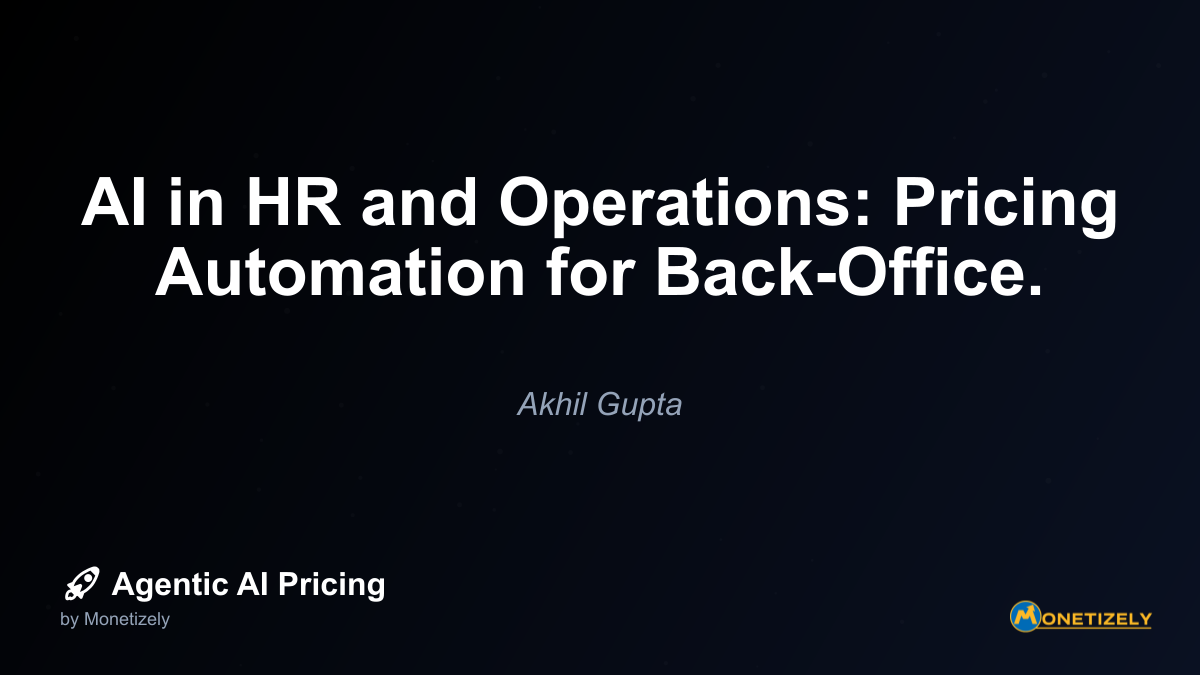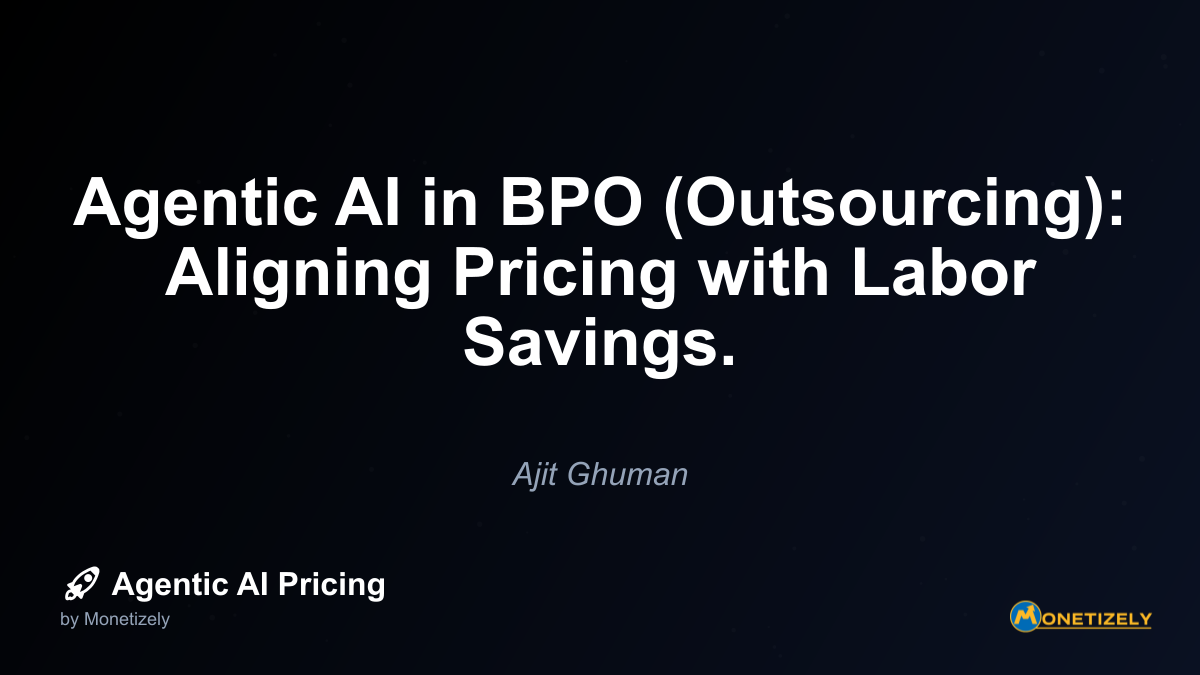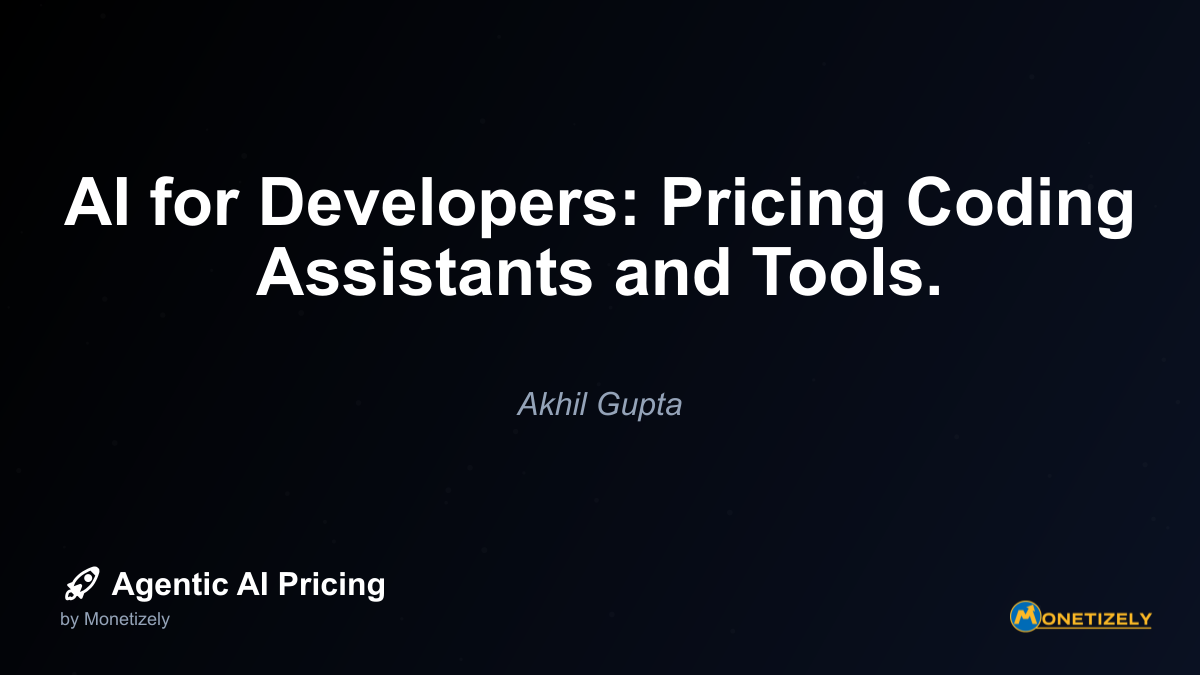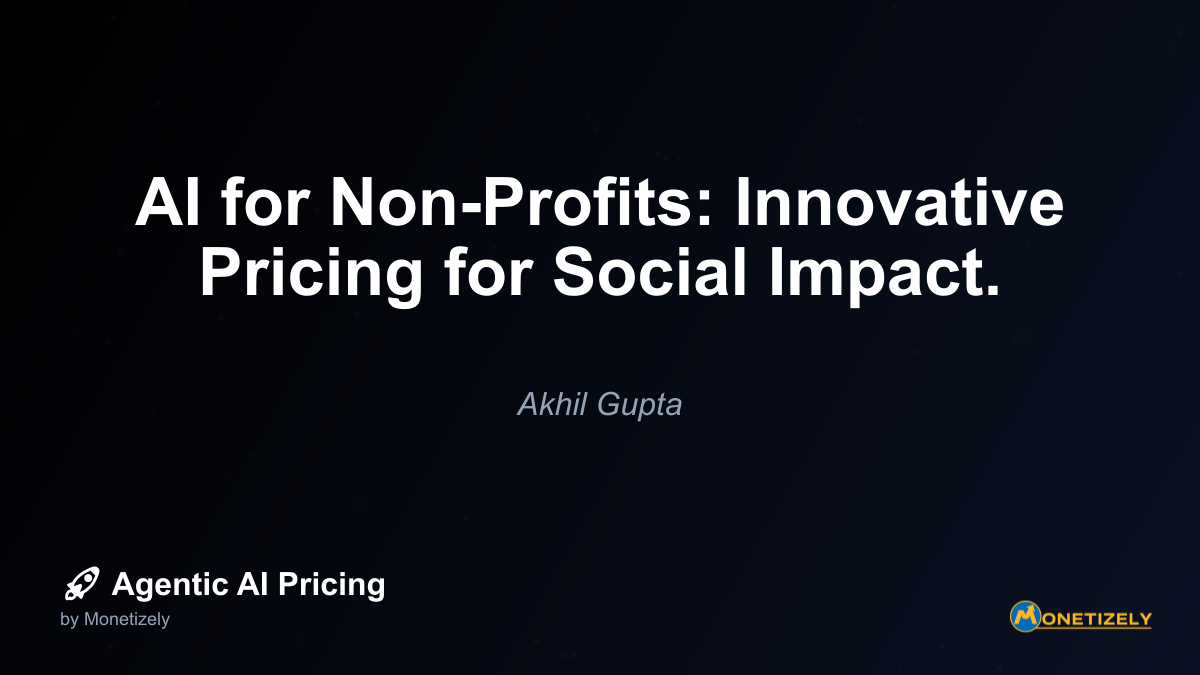· Akhil Gupta · Industry Insights · 5 min read
AI in HR and Operations: Pricing Automation for Back-Office.
AI and SaaS Pricing Masterclass
Learn the art of strategic pricing directly from industry experts. Our comprehensive course provides frameworks and methodologies for optimizing your pricing strategy in the evolving AI landscape. Earn a professional certification that can be imported directly to your LinkedIn profile.

Enterprise Module Pricing
For more comprehensive solutions, vendors often adopt enterprise-level pricing models:
- Department-specific modules with fixed annual licensing
- Tiered pricing based on employee count or revenue
- Enterprise-wide licenses with unlimited usage
This approach provides budget certainty for customers and stable revenue for vendors. It works well for solutions that touch multiple processes or require significant integration. However, it can create adoption barriers for smaller organizations or departments wanting to pilot solutions.
Value-Based Pricing
The most sophisticated approach ties pricing directly to measurable business outcomes:
- Cost avoidance models based on FTE (full-time equivalent) reduction
- Error reduction pricing tied to accuracy improvements
- Process efficiency models based on cycle time reduction
- Risk mitigation pricing tied to compliance improvements
While conceptually appealing, these models require sophisticated measurement frameworks and agreement on baseline metrics. They often include risk-sharing components that align vendor and customer interests.
Hybrid Models
In practice, many vendors are adopting hybrid approaches that combine elements of multiple models:
- Base subscription plus per-transaction fees
- Tiered pricing with volume-based discounts
- Outcome-based bonuses on top of fixed licensing
- “Land and expand” models that start with transaction pricing before moving to enterprise licensing
These models can provide flexibility but require careful attention to contract terms to ensure alignment with actual value delivery.
Measuring ROI for Back-Office AI Investments
For organizations implementing these solutions, measuring return on investment requires looking beyond simple cost comparisons to consider broader business impacts:
Direct Cost Avoidance
The most straightforward measurement compares AI solution costs against traditional alternatives:
- Headcount reduction or reallocation opportunities
- Reduced overtime or temporary staffing needs
- Lower error remediation costs
- Decreased training expenses for routine tasks
Process Improvement Benefits
Significant value often comes from process improvements that AI enables:
- Reduced cycle times for key processes
- Improved compliance rates
- Higher accuracy in critical functions
- Increased throughput capacity
Strategic Value Creation
The most substantial benefits often come from strategic advantages:
- Improved employee experience and retention
- Enhanced data-driven decision making
- Greater organizational agility and scalability
- Competitive differentiation through superior back-office capabilities
Implementation Considerations for Back-Office AI
Successful implementation requires careful planning beyond the initial purchase decision:
Integration Requirements
Back-office AI solutions typically need to connect with existing systems:
- HRIS and applicant tracking system integration for HR solutions
- ERP and financial system connections for operations AI
- Data warehouse access for analytics capabilities
- API availability and compatibility assessment
Change Management Needs
The human factor remains critical for successful adoption:
- Clear communication about AI capabilities and limitations
- Training programs for employees working alongside AI systems
- Process redesign to leverage AI capabilities effectively
- Performance management adjustments to reflect new ways of working
Governance and Oversight
As AI takes on more decision-making responsibility, governance becomes essential:
- Clear accountability frameworks for AI-assisted decisions
- Regular performance monitoring and validation
- Bias detection and mitigation protocols
- Compliance verification for regulated processes
Future Trends in Back-Office AI Pricing
Several emerging trends will likely shape the pricing landscape for back-office AI solutions:
Increased Commoditization of Basic Functions
As core capabilities become standardized, pricing pressure will increase for basic functions:
- Resume parsing and initial screening
- Standard invoice processing
- Basic help desk functionality
- Routine document processing
This will likely drive consolidation among vendors and push towards more comprehensive solution packages.
Premium Pricing for Specialized Expertise
Domain-specific AI with deep expertise will command premium pricing:
- Industry-specific compliance solutions
- AI with specialized knowledge in complex domains
- Solutions with proven track records in specific verticals
- Systems trained on proprietary datasets
Outcome-Based Pricing Growth
As measurement frameworks mature, more vendors will offer outcome-based components:
- Risk-sharing agreements tied to performance metrics
- Success fees for achieving specific business outcomes
- Gain-sharing models for cost reduction initiatives
- Performance guarantees with financial implications
Ecosystem Integration Premiums
Solutions that integrate seamlessly with existing technology ecosystems will command higher prices:
- Native integration with major ERP and HRIS platforms
- Compatibility with industry-standard data formats
- Pre-built connections to common enterprise tools
- Open APIs for custom integration needs
Making Smart Purchasing Decisions
For organizations evaluating back-office AI solutions, several key considerations should guide purchasing decisions:
Aligning Pricing Models with Value Drivers
The optimal pricing model should reflect how your organization derives value:
- Transaction-based models work well for clearly defined, high-volume processes
- Enterprise licensing makes sense for solutions touching multiple departments
- Value-based components can align vendor incentives with your success metrics
- Pilot programs with flexible terms can reduce implementation risk
Total Cost of Ownership Analysis
Look beyond the headline price to consider all implementation costs:
- Integration expenses
- Training requirements
- Ongoing support needs
- Customization costs
- Data preparation and migration expenses
Scalability Assessment
Ensure pricing models accommodate your growth trajectory:
- Volume-based pricing that doesn’t penalize success
- Clear pathways from departmental to enterprise adoption
- Pricing tiers that align with your organizational structure
- Contract terms that allow for changing business conditions
Conclusion
The adoption of agentic AI in HR and operations functions represents a significant opportunity for organizations to transform their back-office capabilities. These technologies promise not just cost reduction through automation, but strategic advantages through improved decision-making, enhanced employee experiences, and greater organizational agility.
The pricing models for these solutions continue to evolve, with transaction-based, enterprise licensing, and value-based approaches each offering distinct advantages. Organizations should carefully evaluate these options against their specific use cases, implementation capabilities, and value expectations.
As the market matures, we can expect increased standardization of basic functions alongside premium offerings for specialized capabilities. The most successful vendors will be those that can clearly articulate their value proposition and align their pricing models with the actual business outcomes they deliver.
For organizations implementing these solutions, success will come from clear-eyed assessment of total costs, realistic implementation planning, and rigorous measurement of business impacts. With thoughtful approach to vendor selection and pricing negotiation, back-office AI can deliver substantial and sustainable value.
The journey toward intelligent back-office operations is just beginning, but organizations that move strategically now will position themselves for competitive advantage in the years ahead. By understanding the pricing landscape and making informed decisions, business leaders can ensure their AI investments deliver meaningful returns while transforming their operational capabilities.
Co-Founder & COO
Akhil is an Engineering leader with over 16+ years of experience in building, managing and scaling web-scale, high throughput enterprise applications and teams. He has worked with and led technology teams at FabAlley, BuildSupply and Healthians. He is a graduate from Delhi College of Engineering and UC Berkeley certified CTO.
Pricing Strategy Audit
Let our experts analyze your current pricing strategy and identify opportunities for improvement. Our data-driven assessment will help you unlock untapped revenue potential and optimize your AI pricing approach.




